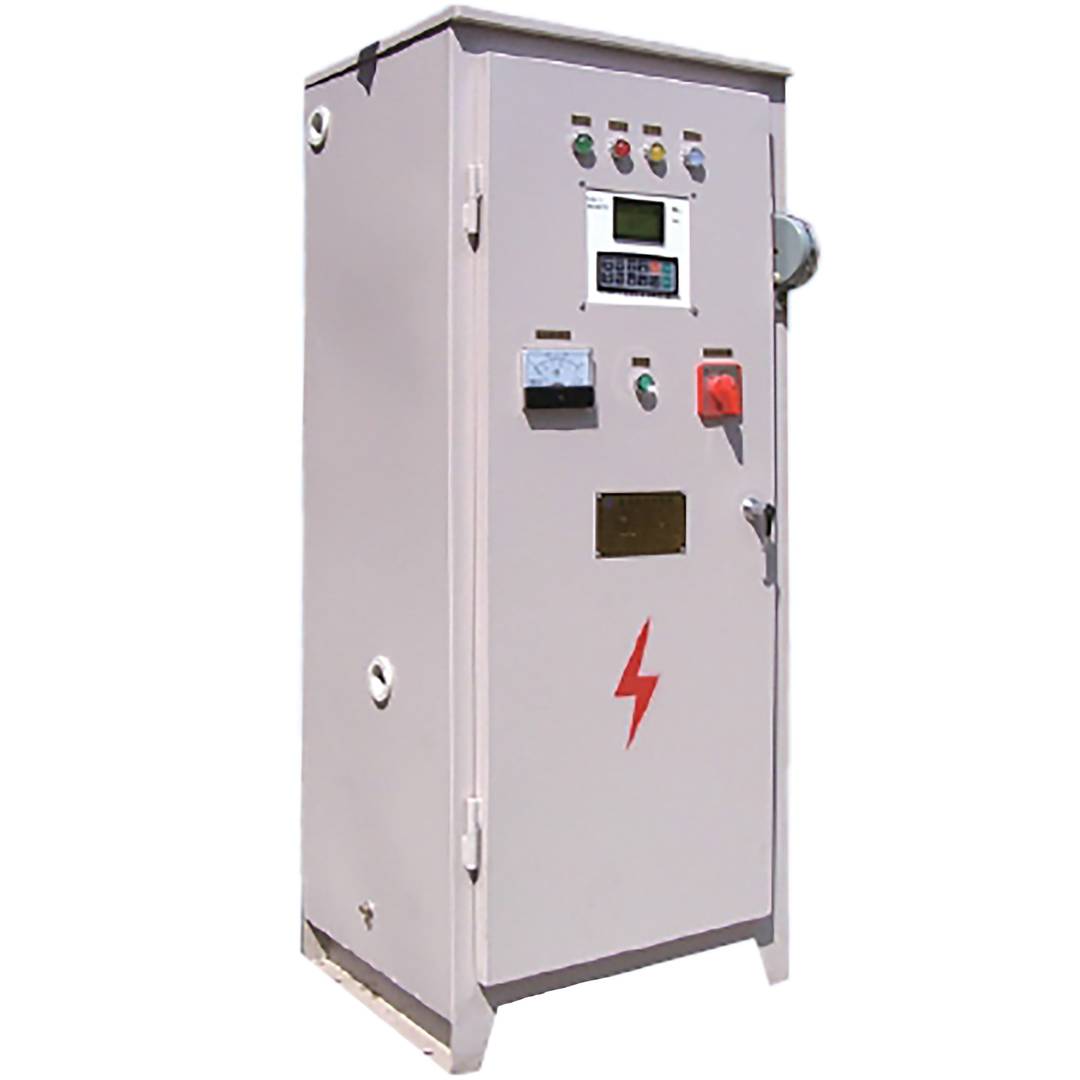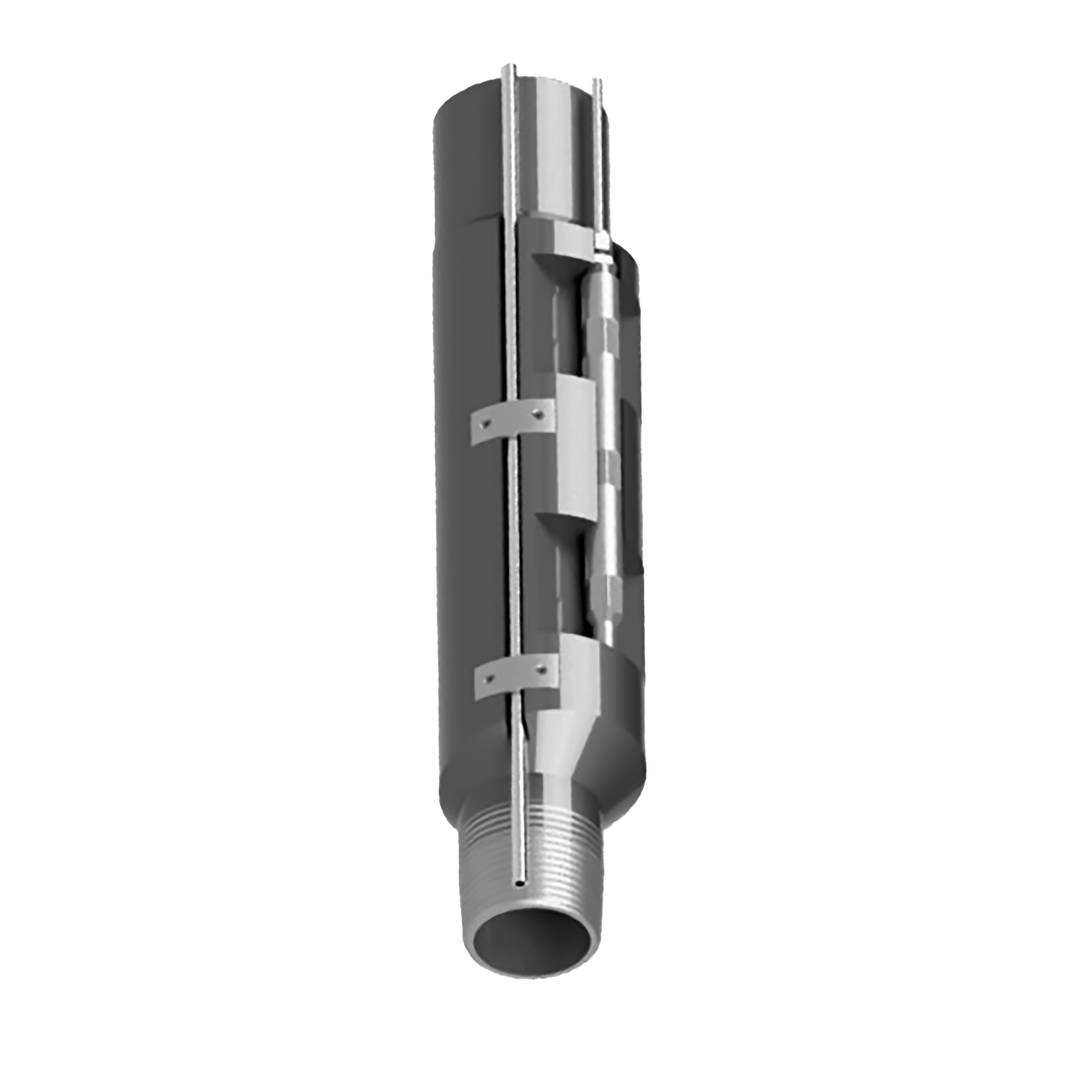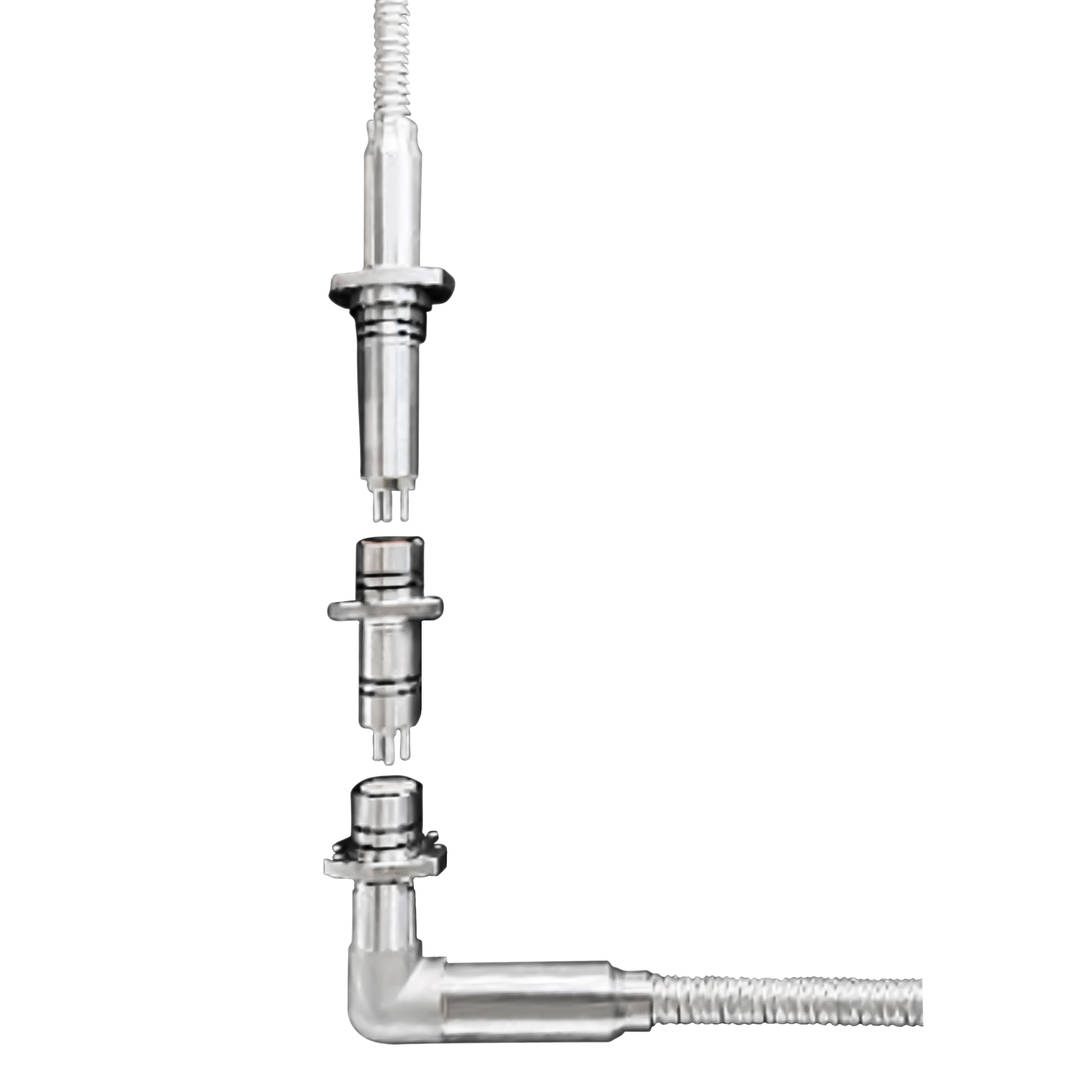Recently, the Organization of the Petroleum Exporting Countries and its allies (OPEC+) announced a plan to increase oil production, causing international oil prices to drop immediately. This move has sparked extensive discussions in the market about its motivation and effects. Undoubtedly, it poses pressure on US shale oil producers.
OPEC+’s decision to boost production has pushed international oil prices to a low level, having a differentiated impact on the operating conditions of different companies. Currently, although US shale oil operators have improved their operational efficiency and financial management, most companies are still on the verge of breaking even. Producers outside the high – quality production areas in the Permian Basin are in an even more difficult situation.
According to Rystad Energy data, the break – even price for new wells in the Permian Basin is about $62 per barrel. However, the operating cost will significantly decrease after production starts, and some wells can still make a profit at a price of $38 per barrel. In contrast, the break – even price in the Delaware Basin is close to $56 per barrel, while the costs in the Midland Basin and the Eagle Ford region are even higher, averaging $66 per barrel. The current price of West Texas Intermediate (WTI) crude oil has fallen below the $60 – per – barrel mark. If the oil price continues to decline, a considerable number of US shale oil companies will face losses, and high – cost enterprises may be forced to cut production or even stop production to control losses.
What worries the US shale oil industry more is that the current US government policy is more inclined to maintain low oil prices. To curb inflation, controlling energy prices has become an important policy goal of the US government. Although the Trump administration once reduced producers’ costs by lifting drilling bans, approving new pipelines, and export terminals, these measures have had little effect in a low – oil – price environment. For shale oil companies, maintaining a reasonable oil price level is crucial, but this fundamentally conflicts with the government’s need to control inflation.
In this context, the US oil and gas industry is difficult to obtain substantial policy support. This deviation between policy orientation and economic reality may be the biggest challenge the US shale oil industry faces in the current low – oil – price environment.















